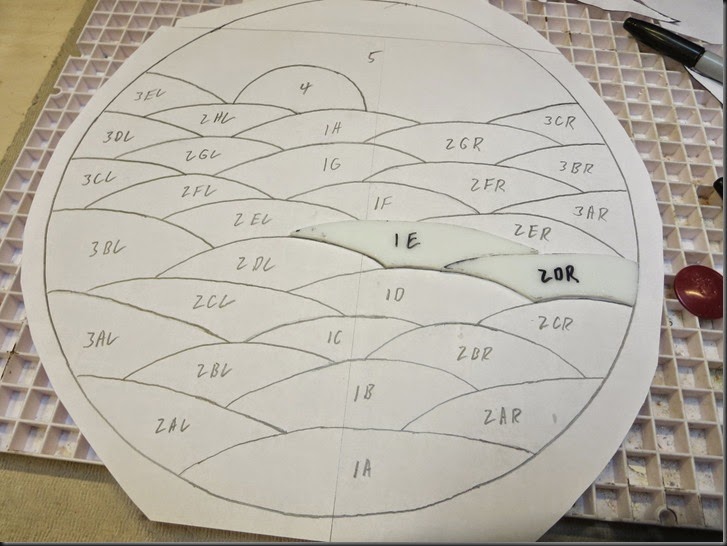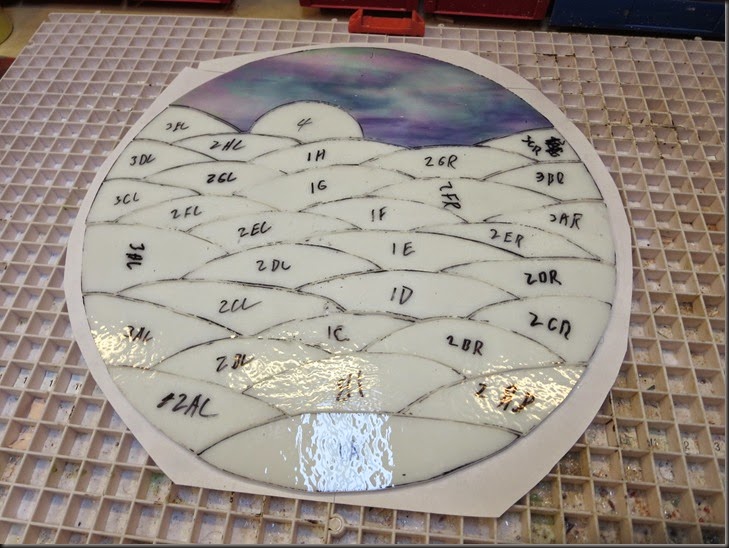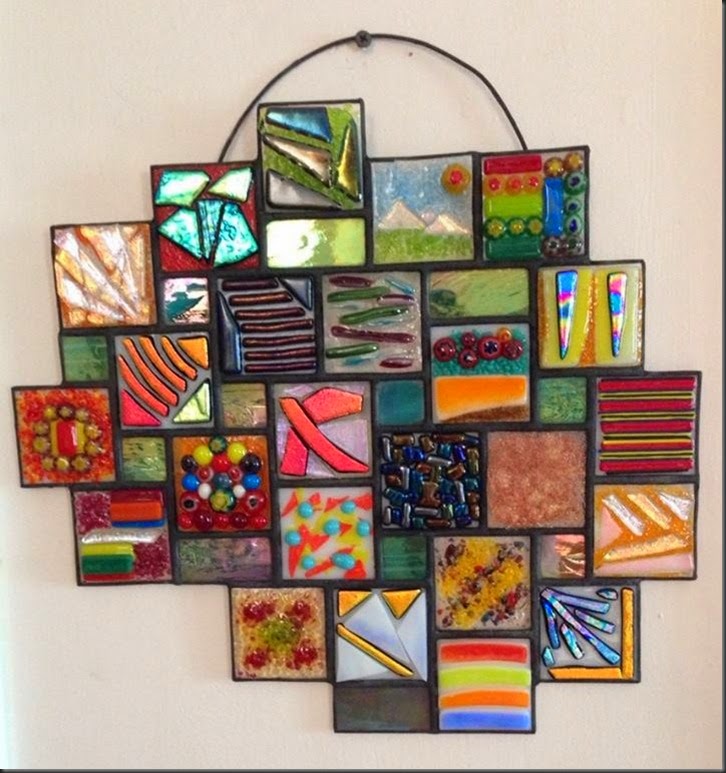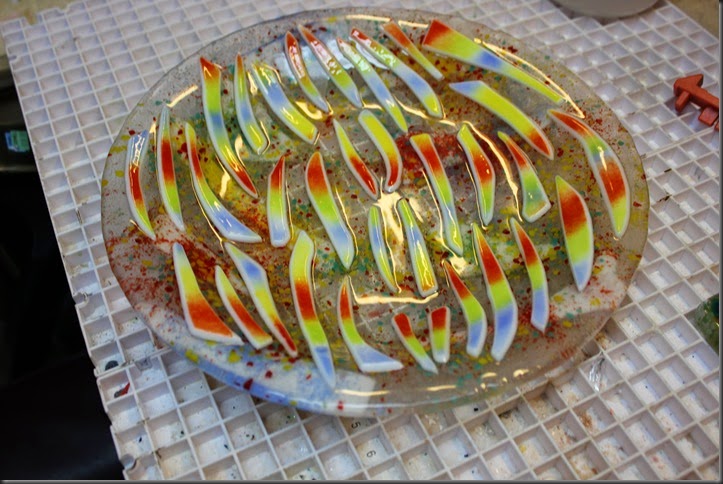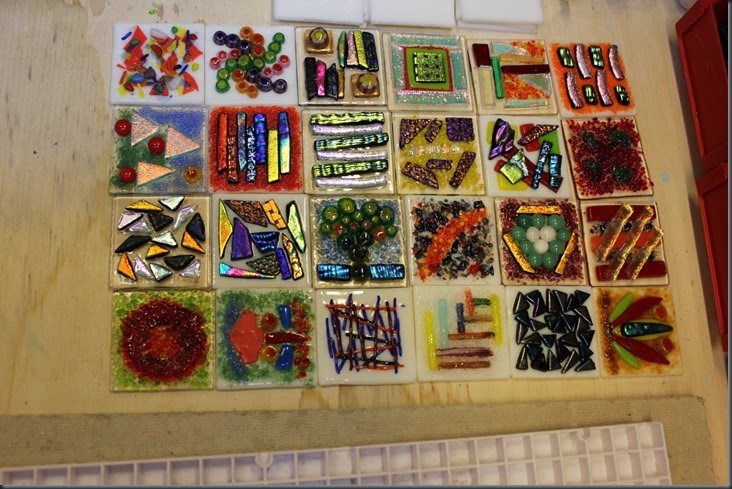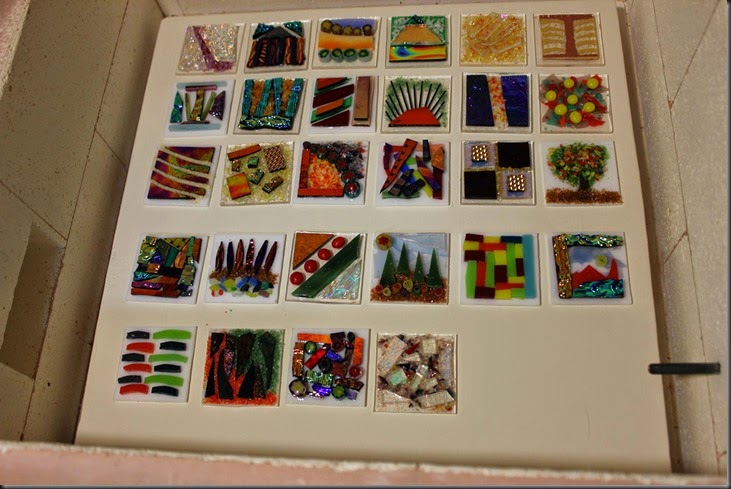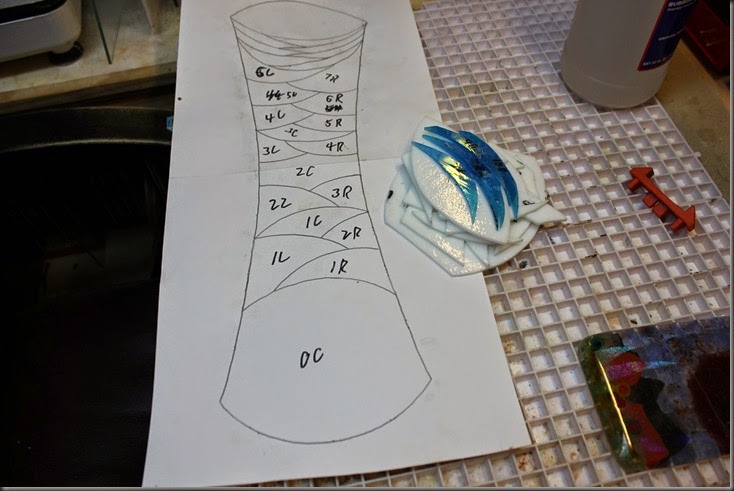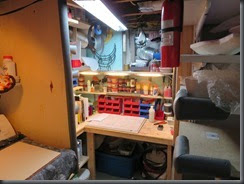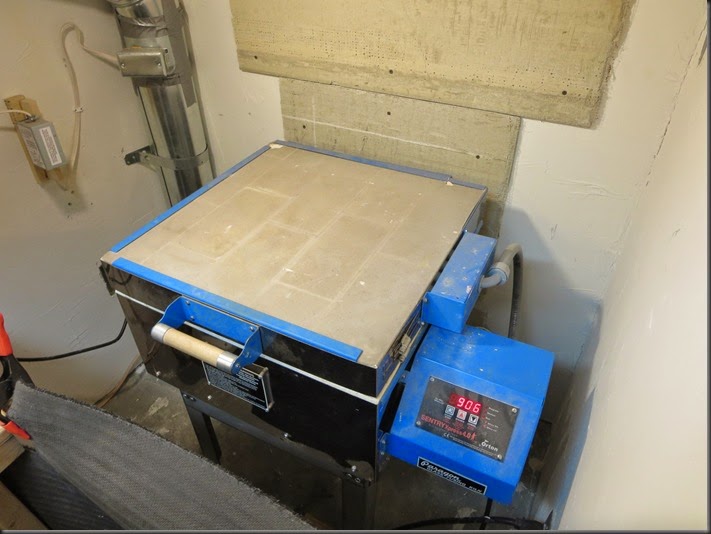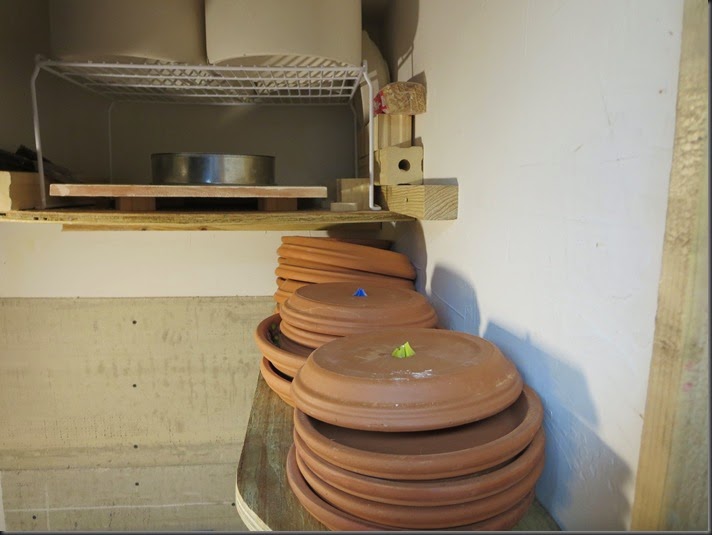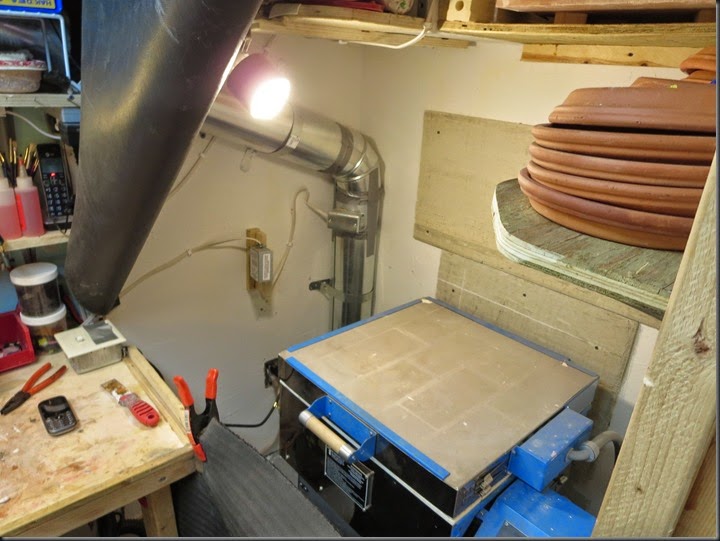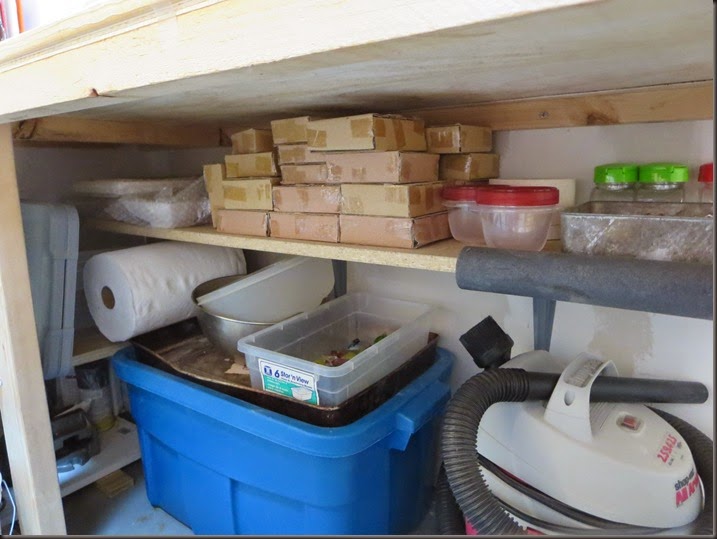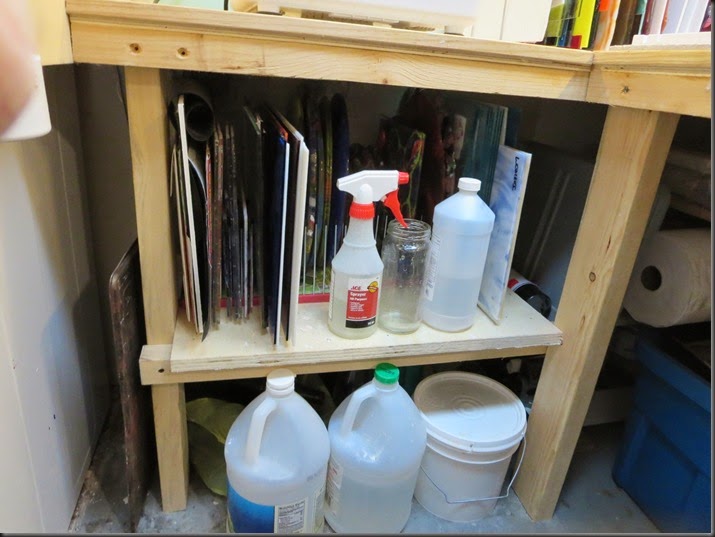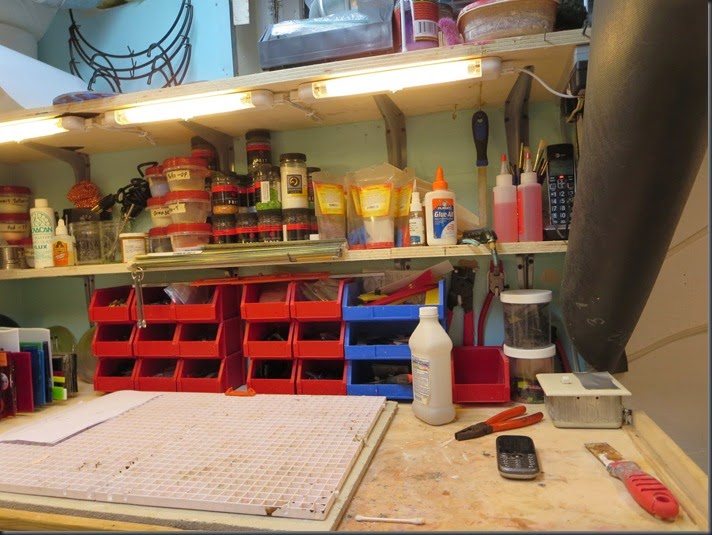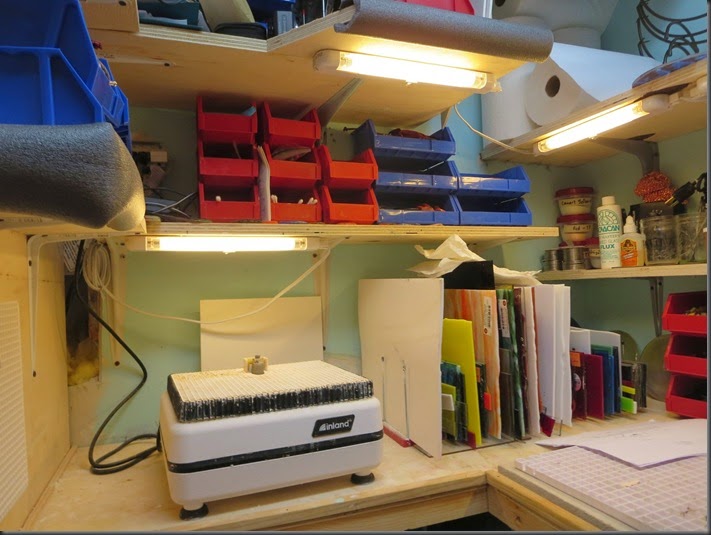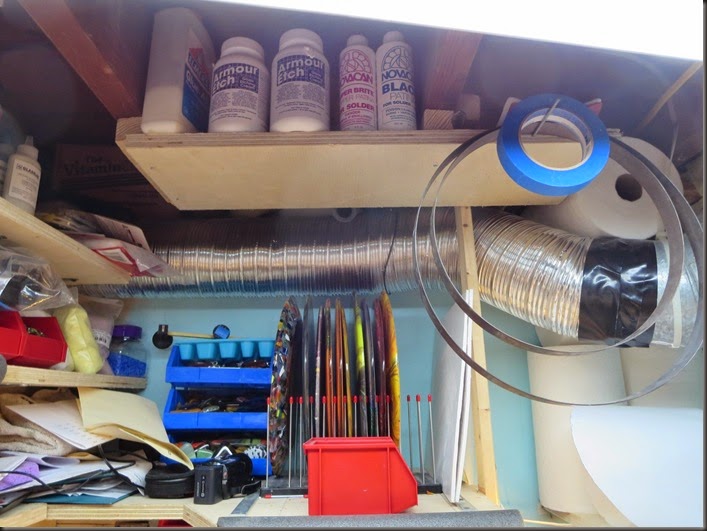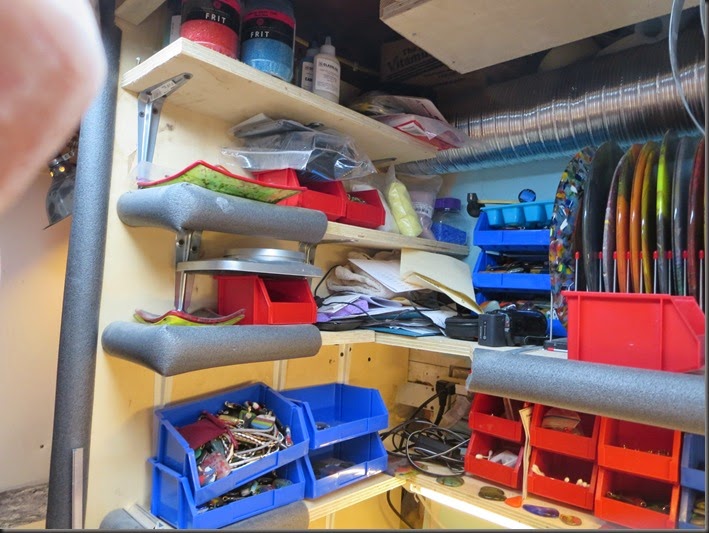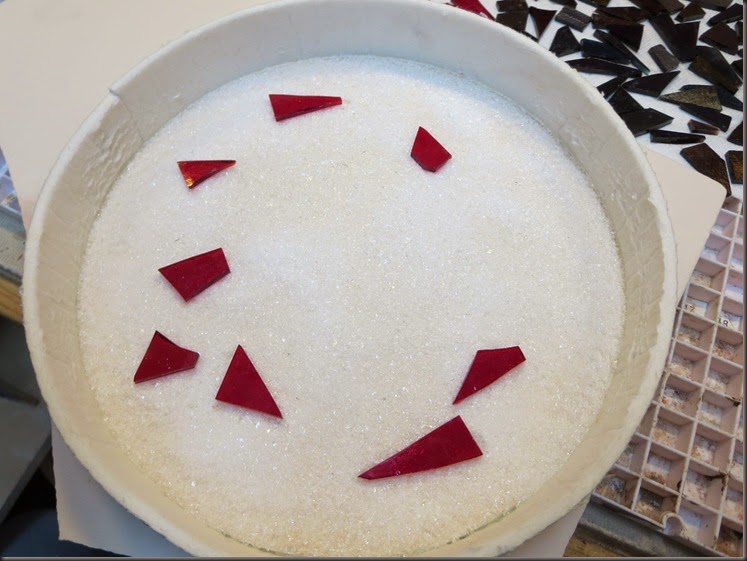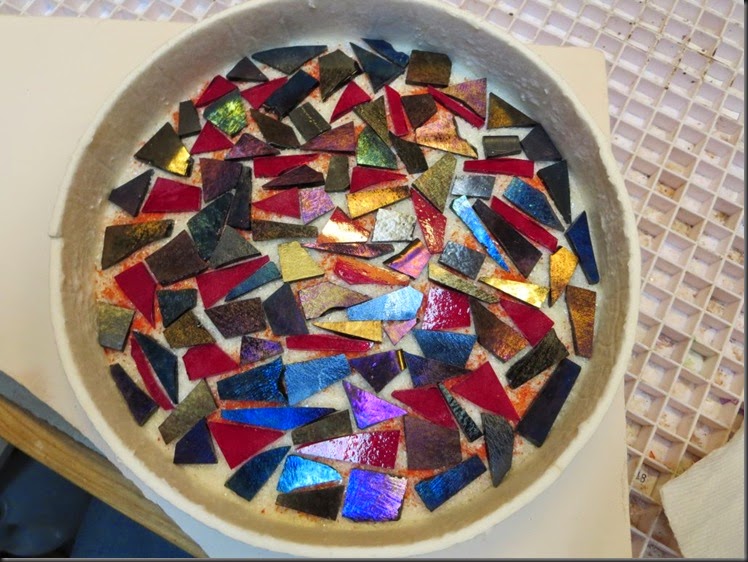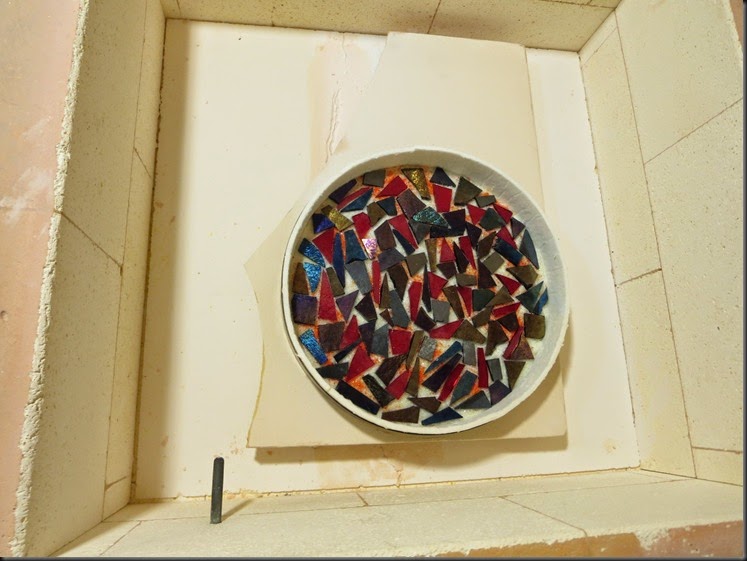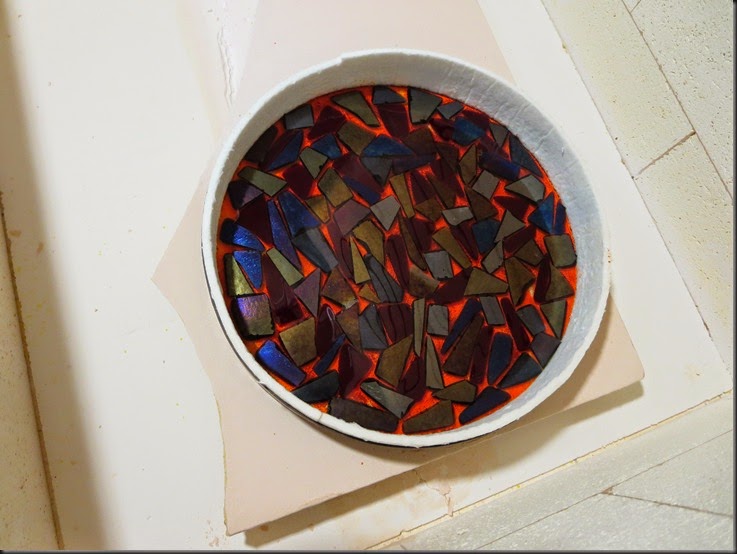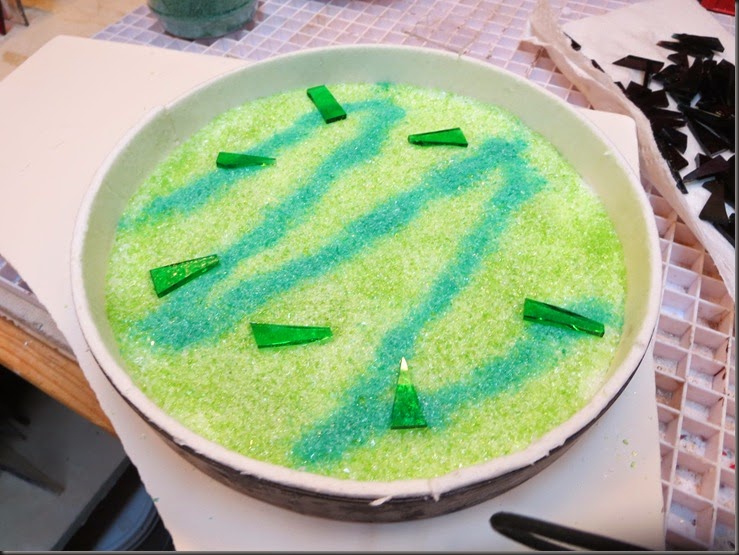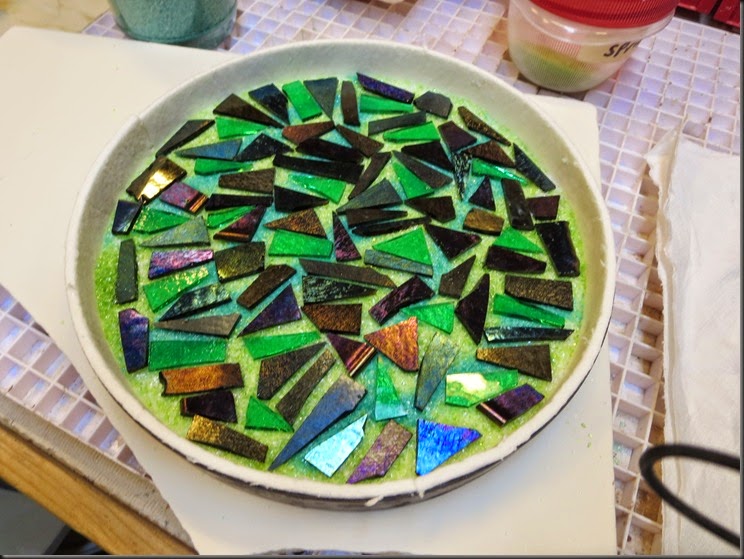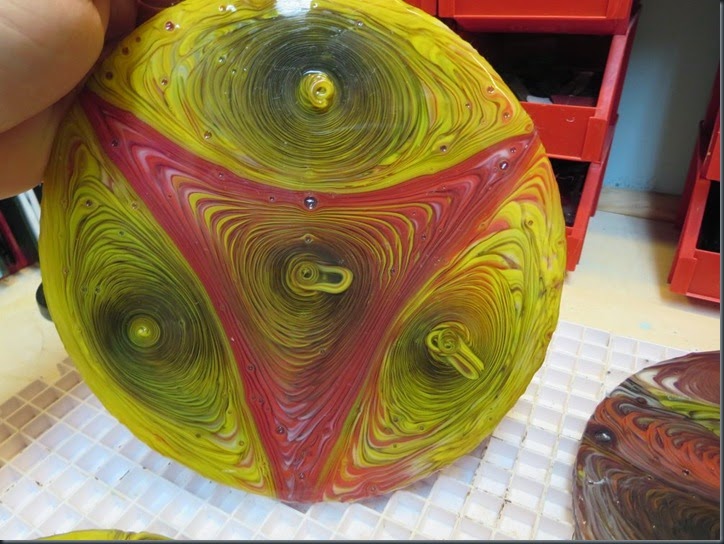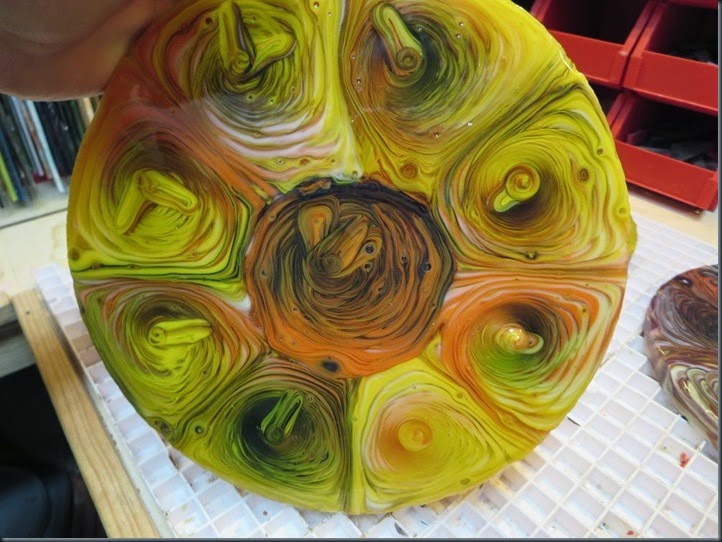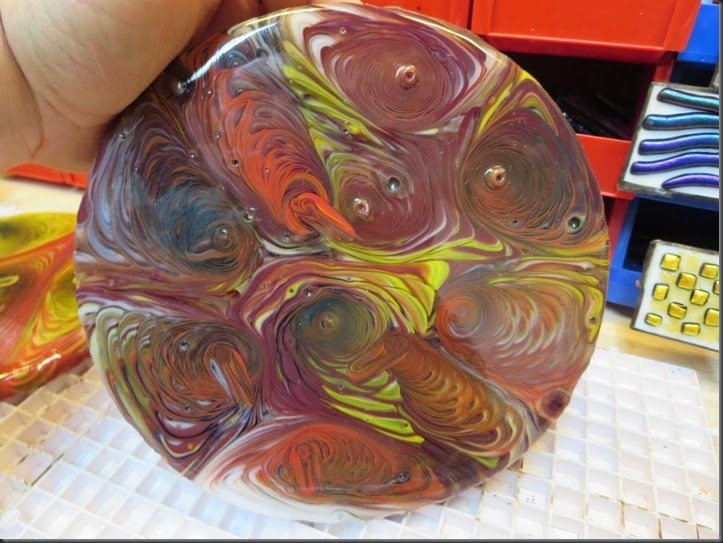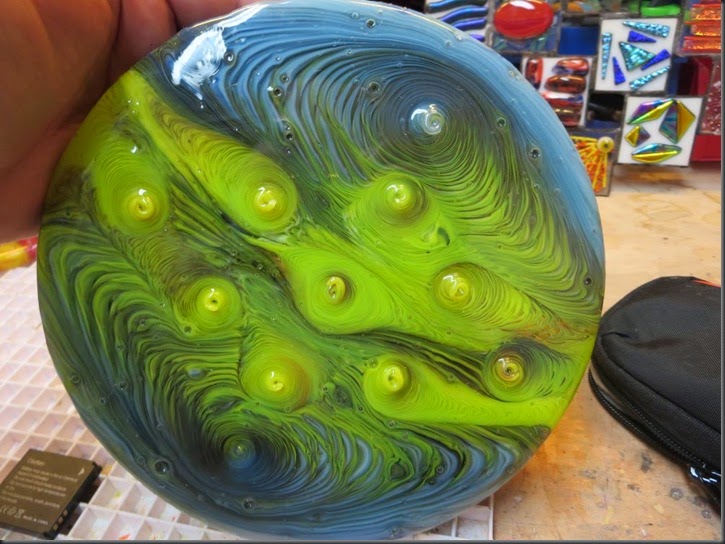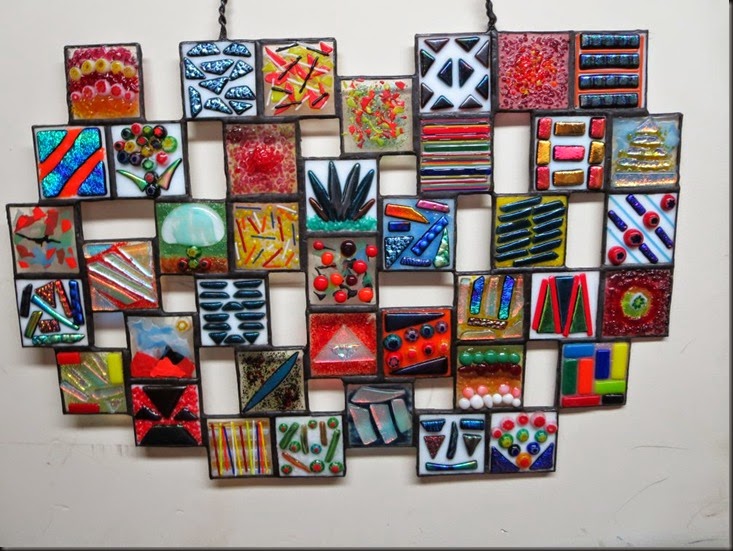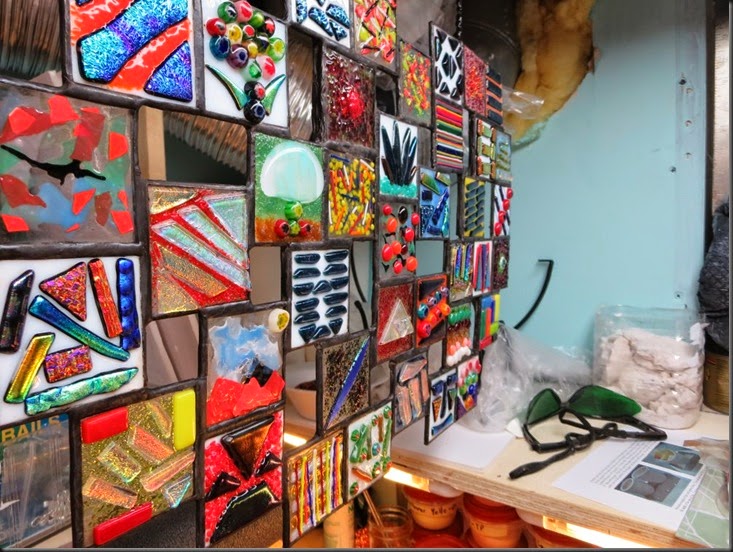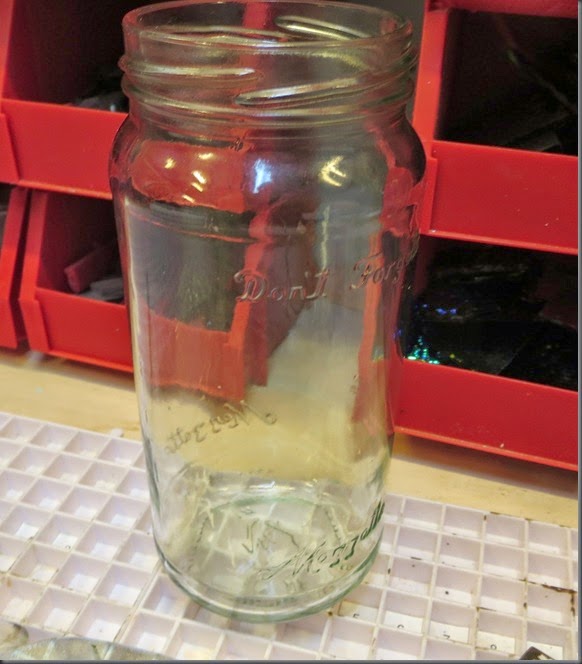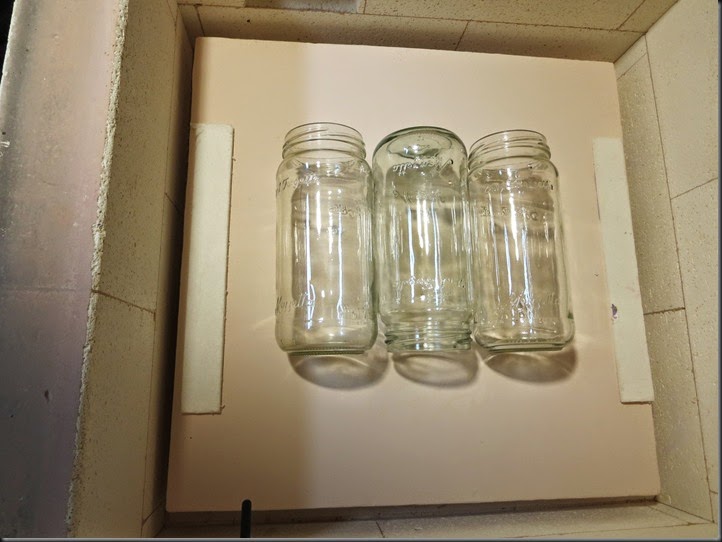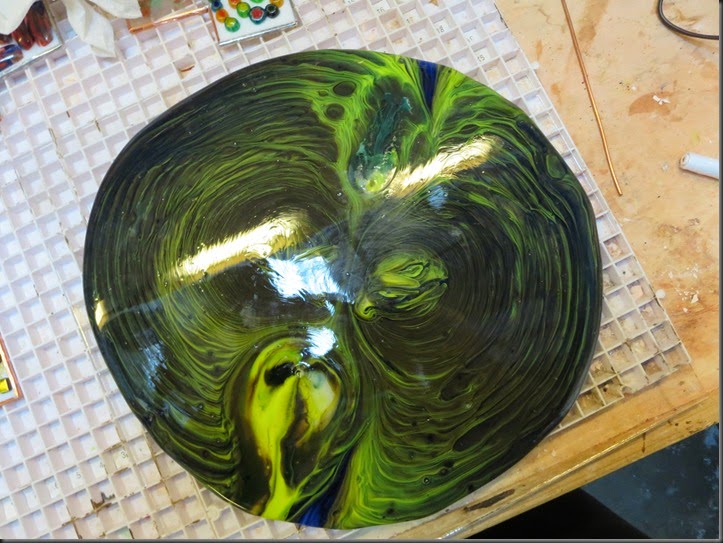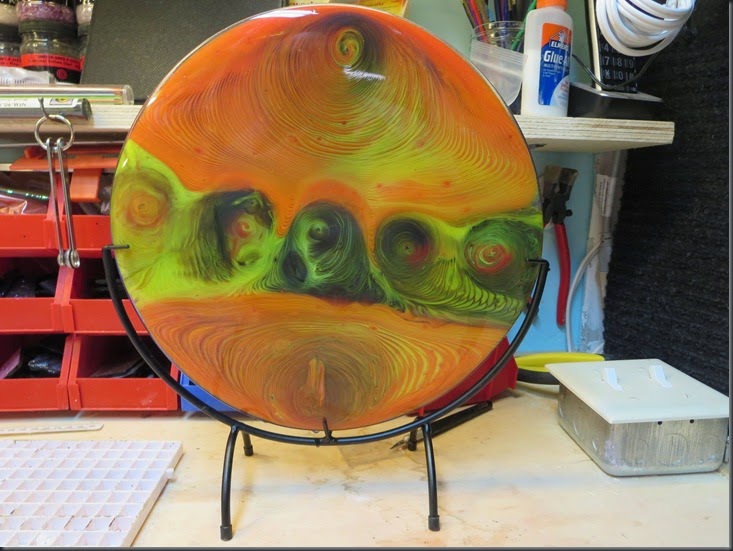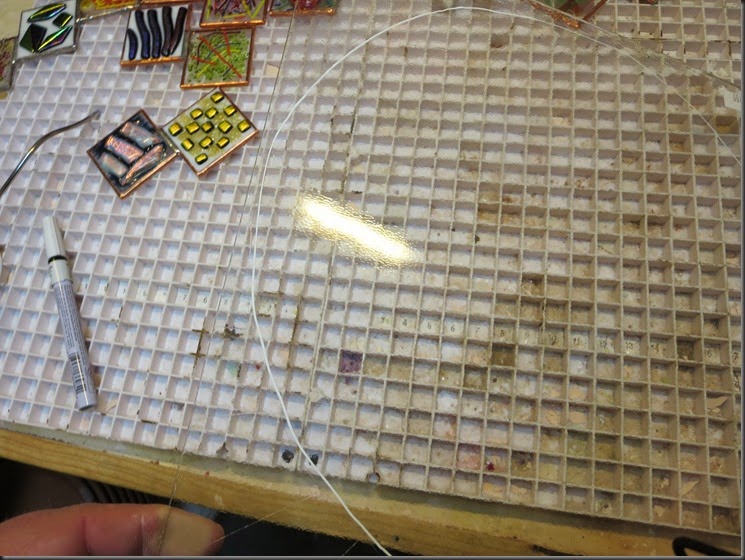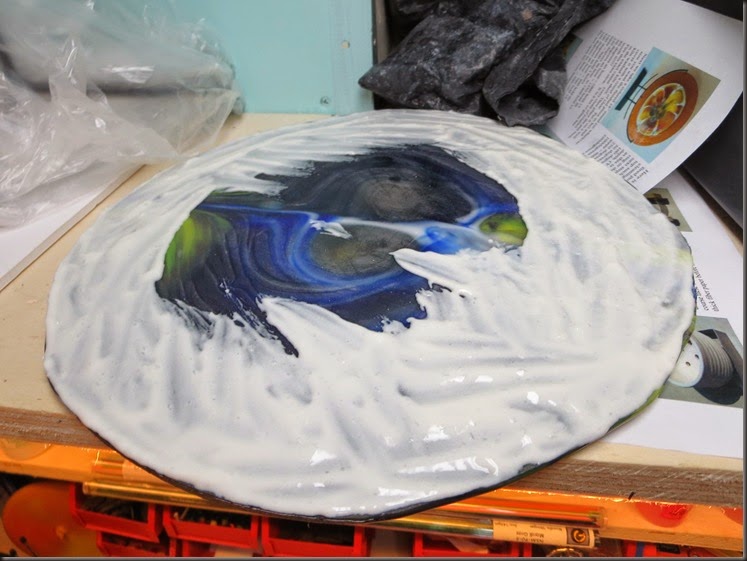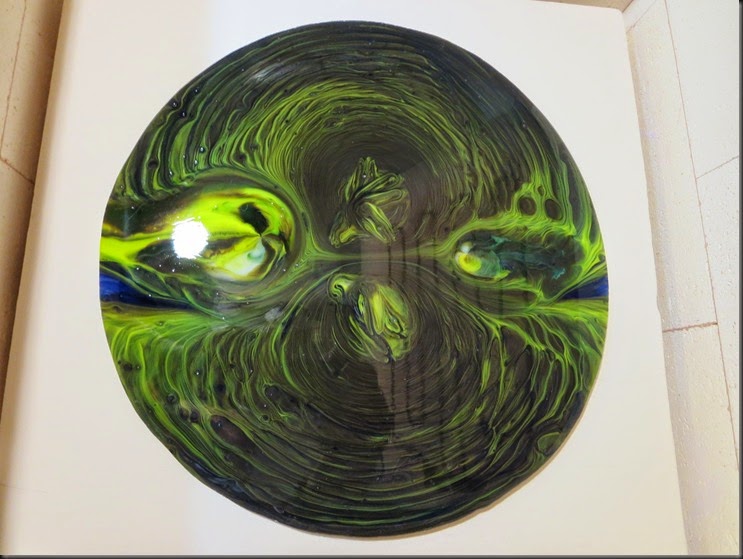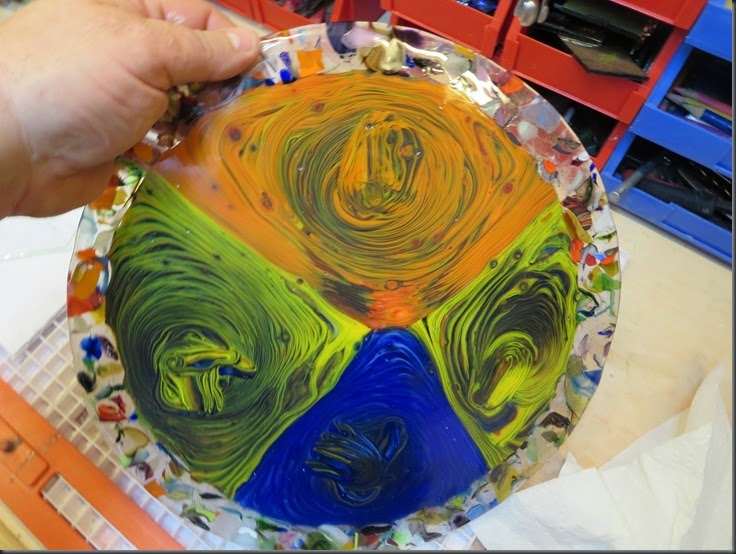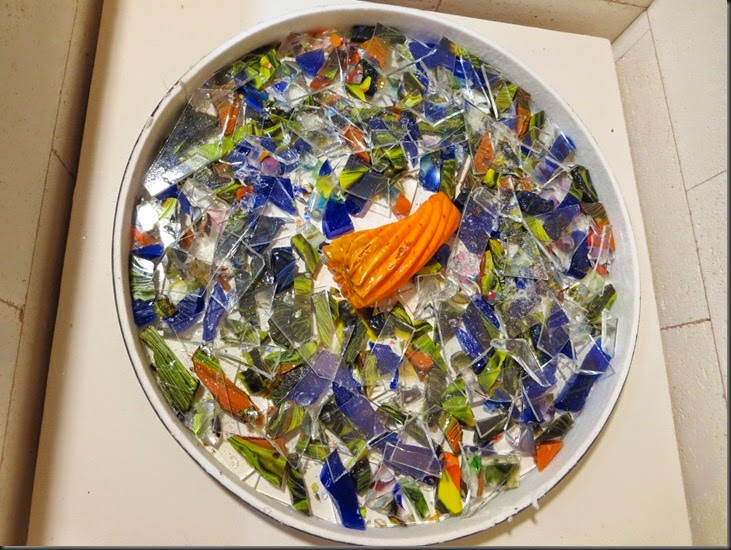It’s been a while since I posted. The problem with blogging is that there are days when I can think of better things to do; the act of writing often feels like drudgery. But enough wining for now.
I haven't been firing up the kiln quite as often mainly because I’ve been doing more complex pieces. Take this one for instance:
This took a couple of weeks for this one to come together. I like the concept and design (but don’t look to closely at the soldering job ;-/)
It was a good learning experience. The biggest problem I ran into was the gaps between the pieces were to big. I had cut the paper templates using a patter shear that left a 1/32nd inch gap. Well that was too big. The second mistake I made was doing the initial soldering too fast. The gaps didn’t fill properly so when I flipped the piece over to do the back there nice deep channels for the flux to fill and I ended up with solder that constantly bubbled and erupted. Not fun. I was being a bit paranoid because I didn’t want to overheat the glass and cause it to crack. But in spite of the drama I’m relatively pleased with how it turned out.
I took what I learned and applied it to this next piece I made for my sister.
Here’s the finished piece. The soldering job is much cleaner.
Now I had a whole ton of white glass scrap from cutting the pieces for the circle and I had no clue what to do with it. I finally got the idea to do this:
I first fused a 10 inch blank consisting of transparent and white glass scrap, transparent frit with pieces of medium colored frit scattered throughout. I then took some of the thinner pieces of scrap and arranged them in the pattern you see above. Once I had the overall pattern I wanted I took all the pieces off and grouped them together on a piece of paper and sprinkled powered frit over the pieces to create the rainbow hue. Using a pair of tweezers I picked up each piece and put it back on the blank. I then put the whole thing the kiln and did a tack fuse. Next I slumped the whole piece in a shallow bowl mold.
Now lately I’ve two projects in the works. I’ve been fusing tiles like crazy to make more wall hangings like the one above.
An this is another beast I have in process. I had gotten some French curves and put them to use here.
This time I didn’t use a pattern shear to cut out the templates and after a fair amount of grinding the pieces fit together much tighter. I’ll be using powered frit to create the same kind of gradient effect like I did on the circle piece. I’ll be posting my progress. Well I’m done for now.
Night all!

